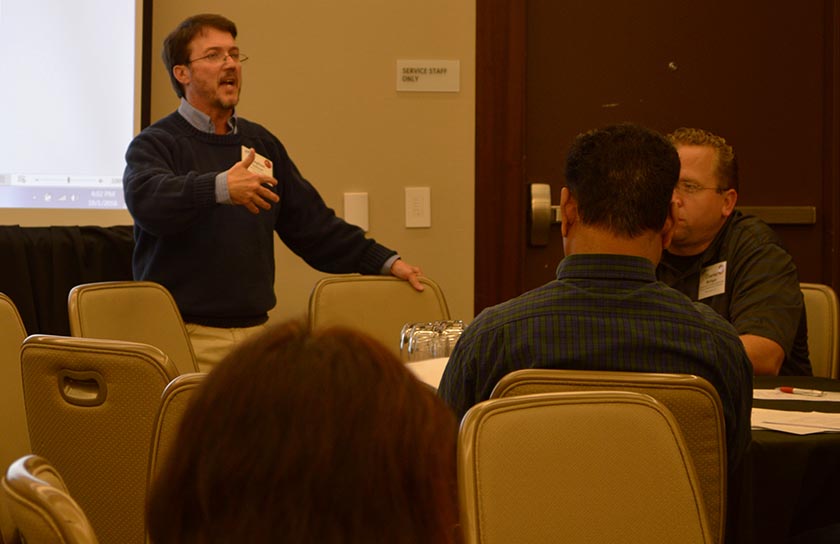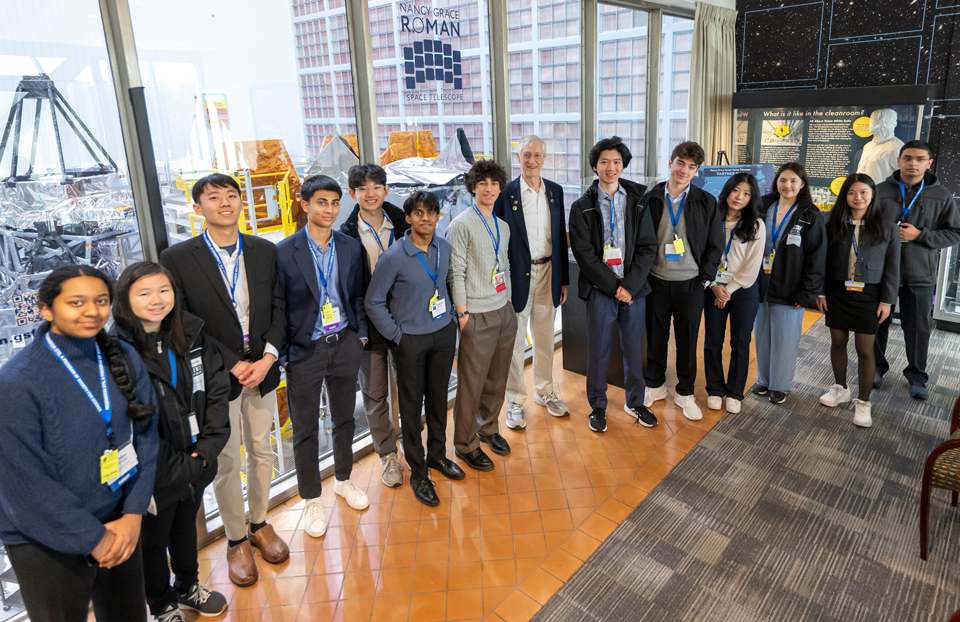Regeneron STS, Society, STEM Outreach
How to build your community of geeks

“You’ve got to have a community of geeks to build a successful science program,” said Lisa Scott, a teacher in Florida. “I tell my students, yes you’re geeks, but so are we (the teachers),” Lisa said.
A geek is just someone who is excited about what they’re doing, she explained during a panel at the Research Teachers Conference, sponsored by Regeneron. The conference was held in Washington, D.C. on September 30 to October 1, 2016.
You need a community of geeks to build a successful science program.
Stephen Sullivan, a New York high school teacher, co-led with Lisa. He is a historian, but his students are interested in science fields like archeology and demographics, so he helps them into science fairs.
The hardest thing is trying to convince your financial department to help pay for your students to get to an adult science competition, Stephen explained. Once there, his students’ projects are often better than the adults’ projects.
“Make the argument, which is true, that this will make a difference,” Stephen said. “Tell your department head, your principal, your superintendents that the students need science fairs, and it will help with Common CORE, raising grades, and so much more.”
This will make a difference. Students need science fairs.
Another place to get resources for students is professors in the particular field a student is researching. “College professors have never said no when my students or I ask them for help,” Stephen said.
Lisa and Stephen discussed their geeky classrooms, after-school programs, and picnics. Once you start building your geeky community, honor them by sharing food and holding award ceremonies.
At Lisa’s school, the principal even writes an award letter to high achieving science students, just like the athletes.
Stephen decorates one of his classroom walls with newspaper clippings of past students who have won awards and become semifinalists or finalists in science fair competitions, like Westinghouse and Regeneron STS, Intel ISEF, and more. When new students enter his classroom, it’s already a goal for them to end up on that wall, he said.


